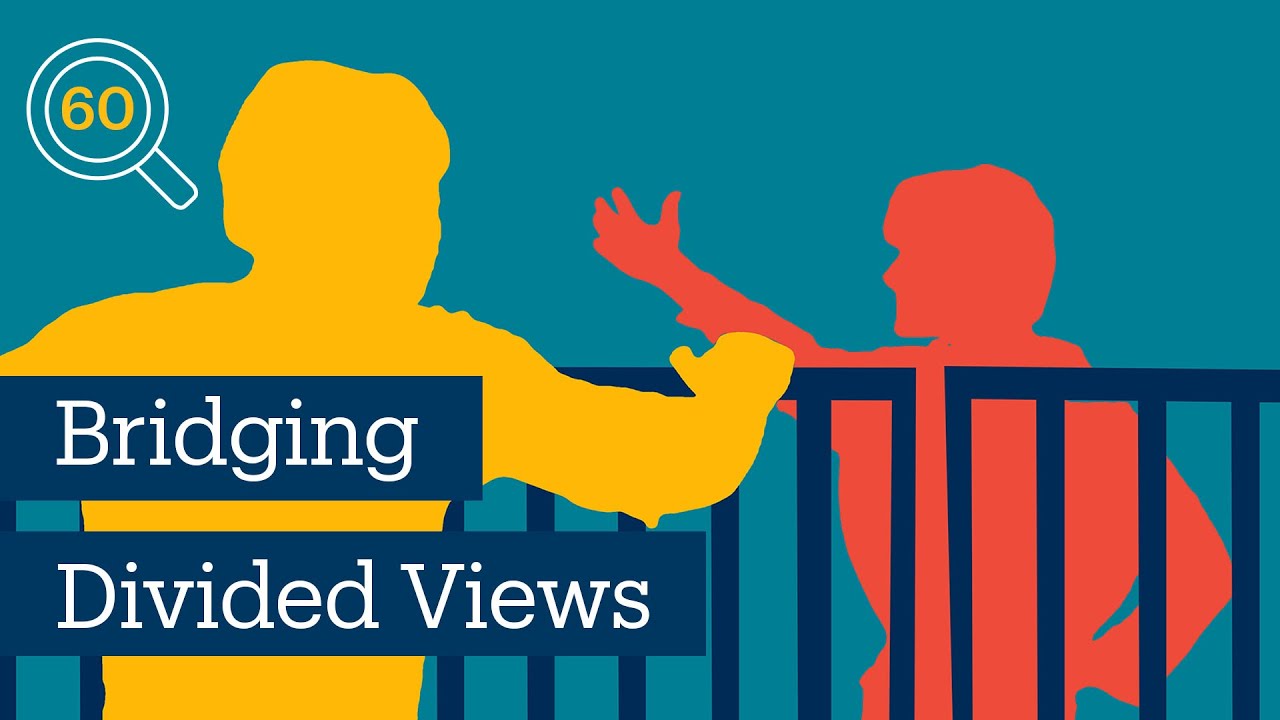
More Conference, Less Carbon
Twenty minutes. That’s the average length of an academic talk at a typical scholarly conference. Depending on the distance traveled to deliver said remarks, one’s carbon footprint may increase dramatically simply for the sake of those 20 minutes.
Is it worth it?
A growing chorus of academy voices says no. Among them is Ken Hiltner, a professor of English at UC Santa Barbara and director of the campus’s Environmental Humanities Initiative (EHI). He is front and center in an emerging movement to do things differently.
Case in point: EHI’s inaugural conference, “Climate Change: Views from the Humanities,” which is, in Hiltner’s words, “nearly carbon-free.” Hosted and happening exclusively online, it offers a new model for academic conferences — one that drastically reduces the environmental impact that has become an embarrassing byproduct of such gatherings.
“Academic conferences as we know them must come to an end, now — not in a decade or two, not a few years, but now,” said Hiltner, who conceived and organized the virtual event. “Even a small conference can unnecessarily release the equivalent of tens of thousands of pounds of CO2 into the atmosphere, principally from air travel. If we hope to meet the ambitious goals for climate change mitigation set late last year by the COP21 in Paris, we all need to set about rethinking a range of personal activities that we often take for granted. In the case of scholars, conference and similar travel is environmental enemy No. 1.”
With a diverse slate of speakers that includes philosopher Peter Singer and science fiction author Kim Stanley Robinson, the conference features 50 presenters from eight countries. Had they all flown to Santa Barbara, Hiltner noted, they would have collectively traveled more than 300,000 miles, generating the equivalent of over 100,000 pounds of carbon dioxide in the process. This is equal to the total annual carbon footprint of 50 people living in India or 165 in Kenya.
But in the EHI model, the participants pre-recorded their talks, which are now archived and freely available — to anyone, anywhere, anytime — via the conference website. For the duration of the conference, which is ongoing through May 24, an online collaboration function enables virtual Q&A sessions among speakers and attendees.
By the conference’s third day (it launched May 3), Hiltner said, its opening panel alone had generated 5,000 words of discussion, or “the equivalent of a double-spaced, 20-page journal article. There is no way to compress that much discussion into the 15-minute Q&A you’d typically have at a traditional conference.”
The video sessions are also available via YouTube, which offers closed-captioning for the hearing impaired, and as audio podcasts at SoundCloud if vision is an issue.
In these ways, then, the conference is not only more environmentally friendly, Hiltner said, but more accessible and egalitarian. Putting it all online makes it available to academics and interested parties with physical impairments or financial constraints that would otherwise prevent their attendance.
“This format allows people, whoever you are, wherever you are, to take part,” Hiltner said. “There are scholars across the world — especially the developing world — who have been quietly excluded from conferences because of the high cost of travel. This helps to solve that problem. So while the original idea was environmental, it also gave us the opportunity to rethink what a conference is and consider if there were other issues that we could address as well. It’s an experiment.
“What we’re trying to do is rethink the way people do what they do, their cultural practices,” he continued. “This particular cultural practice of flying to conferences can be rethought and, we think, made better. For me personally, this is sort of a proof of concept of the idea that the humanities can make a serious environmental intervention in a very practical way. Similar to applied science, but instead applied humanities.”
Added Hiltner: “Is this the way of the future for academic conferences? I think something of the sort has to be.”



